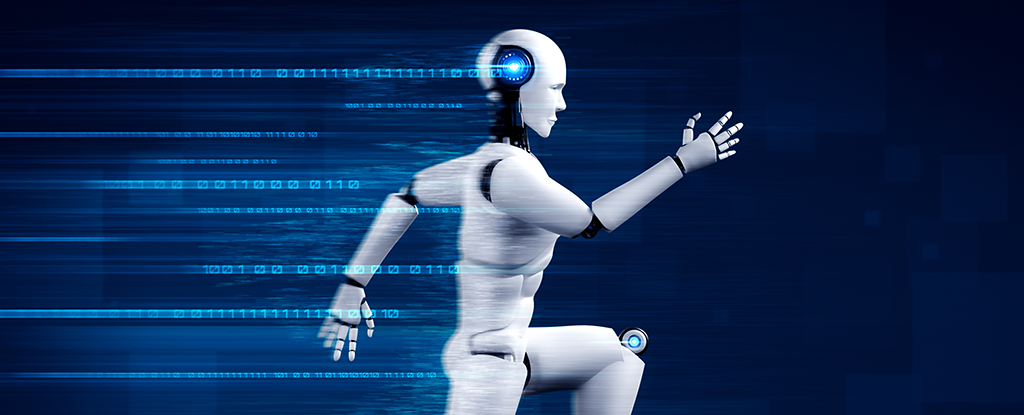

Researchers have found that robots have not yet reached the level of speed and agility seen in the fastest animals. This is due to inherent design trade-offs and the limitations of combining different elements in robots as effectively as millions of years of evolution have done in animals. While robots may excel in areas like power, animals outperform them in agility, sensing the environment, and adapting their actions. Animals integrate power with sensory information at the cellular level, which is a challenge for robots to replicate. The research aims to inspire engineers to create more flexible and nimble robots by focusing on building functional subunits that combine elements like power, sensing, and movement. Despite advancements in engineering, robots still lag behind biological systems in locomotion in natural environments.
Bringing robots from simulation to reality is a challenging task due to the need for robots to deal with uncertainty and unexpected situations. Simulated training is commonly used to equip robots for the real world, but it has limitations. While simulation works well for tasks like walking and balancing, tasks that require imitation learning, such as folding shirts, do not necessarily require a simulated environment. Bengaluru-based company CynLr Robotics believes that there are other capabilities, such as perception and intuition, that should be focused on to make robots more autonomous. The form factor of robots also plays a role in their training, with robotics arm manufacturing requiring manipulation skills. Many companies are focusing on building humanoid robots and arm-based robots for various functions. NVIDIA is investing in robotics and has unveiled GR00T, a general-purpose foundation model for humanoid robots. Other players, such as Figure AI and UniTree, are also working on building humanoid robots. Overall, bringing robots from simulation to reality requires addressing the limitations of simulated training and focusing on perception and manipulation capabilities. [0473d515] [c1fbc831]